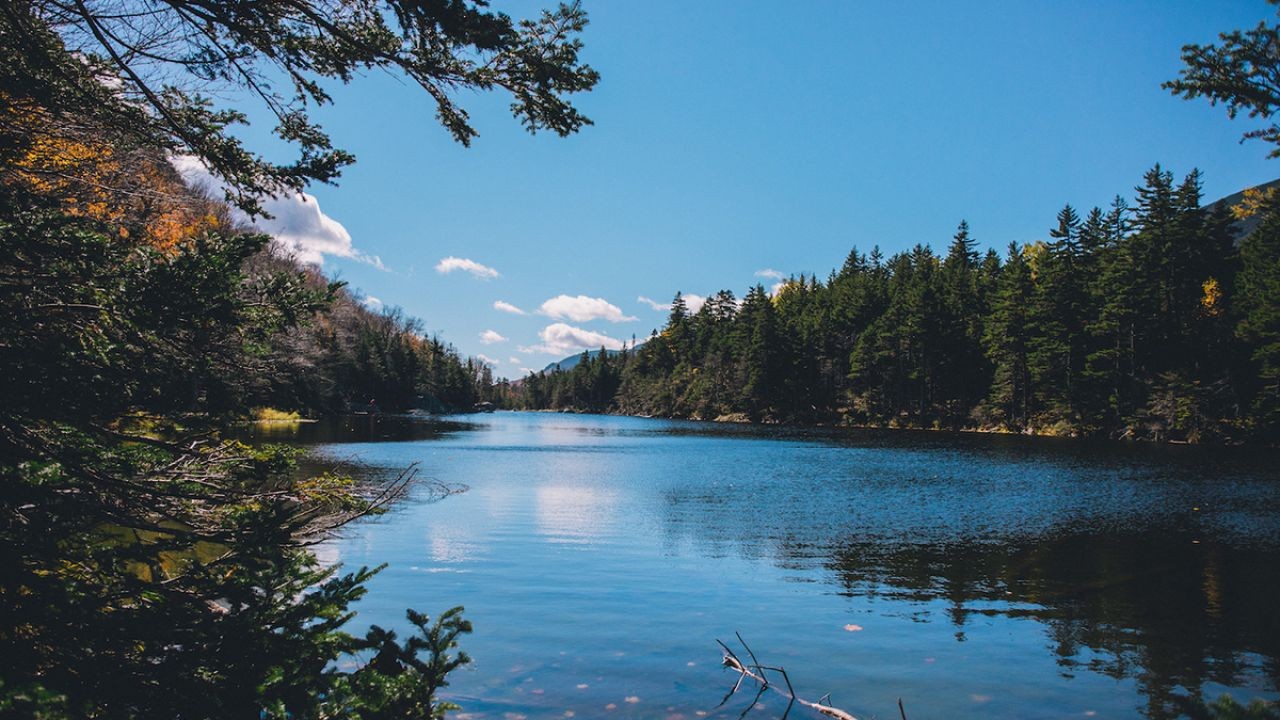When over 30% of a country's land is under conservation protection, it presents a unique set of challenges and opportunities, particularly in a nation like New Zealand, where environmental stewardship and economic growth often go hand in hand. But what does this mean from an investment banking perspective, and how can it influence the financial landscape of New Zealand?
Pros of Land Conservation in New Zealand
Protecting large swathes of land has several advantages that resonate well with New Zealand's economic and cultural ethos. Here’s a deeper look into the benefits.
1. Boost to Eco-Tourism
New Zealand's pristine landscapes attract millions of tourists annually, contributing significantly to the economy. According to Stats NZ, tourism accounted for 5.8% of GDP in 2020. By preserving natural habitats, the country not only protects its biodiversity but also enhances its appeal as a top eco-tourism destination, potentially increasing tourism revenues.
2. Environmental Sustainability
Conservation efforts align with global sustainability trends, which are becoming increasingly important for investors. Environmental, Social, and Governance (ESG) investing has surged, with global ESG assets projected to surpass $50 trillion by 2025. New Zealand's commitment to conservation can attract ESG-focused investments, boosting the country's financial markets.
3. Long-term Economic Stability
Healthy ecosystems provide essential services such as clean water and air, which are crucial for sustainable economic growth. By maintaining natural landscapes, New Zealand ensures the long-term viability of sectors like agriculture and fisheries, which are vital to its economy. A Reserve Bank of New Zealand report highlights that sustainable practices could shield the economy from climate-related risks, offering a stable environment for investments.
Cons of Extensive Land Conservation
Despite the benefits, there are potential drawbacks to consider, especially for investors looking at short-term returns.
1. Opportunity Costs
Land set aside for conservation cannot be used for commercial activities like agriculture, mining, or real estate, potentially leading to missed economic opportunities. For instance, the mining sector, which contributed NZD 2.4 billion to GDP in 2019, might face constraints due to limited access to land.
2. Regulatory Challenges
Stringent conservation laws can complicate investment processes, particularly in sectors that require land use changes. Investors may face bureaucratic hurdles and increased compliance costs, potentially deterring investment.
3. Balancing Development and Conservation
The tension between development and conservation can lead to conflicts, impacting local economies dependent on land resources. It's crucial for policymakers to find a balance that allows for sustainable development without compromising conservation goals.
Real-World Case Study: Zealandia – Balancing Conservation and Economic Growth
Zealandia, a world-renowned urban eco-sanctuary in Wellington, offers a compelling case study of how conservation can coexist with economic development.
Problem: Zealandia faced the challenge of securing funding to maintain its conservation efforts while contributing to the local economy.
Action: The sanctuary developed partnerships with private investors and local tourism operators, implementing innovative eco-tourism strategies to attract visitors.
Result:
- Visitor numbers increased by 40% over five years, boosting local tourism.
- Revenue from eco-tourism activities helped fund ongoing conservation projects.
- Community engagement initiatives fostered local support and volunteerism.
Takeaway: Zealandia demonstrates how strategic partnerships and eco-tourism can make conservation financially viable, offering a model that can be replicated across New Zealand.
Common Myths & Mistakes in Land Conservation
Understanding the realities of land conservation is crucial for informed investment decisions.
Myth: "Conservation only leads to economic limitations."
Reality: While conservation restricts certain land uses, it creates opportunities in eco-tourism and sustainable industries, which can be equally lucrative.
Myth: "Investing in conservation is not profitable."
Reality: ESG investments, which include conservation, have shown to deliver competitive returns, aligning financial growth with sustainable practices.
Myth: "Conservation efforts are purely environmental."
Reality: Conservation also supports social and cultural benefits, preserving indigenous lands and promoting community well-being.
Future Trends & Predictions
The future of land conservation in New Zealand points towards integrated approaches that blend environmental stewardship with economic opportunities.
According to the Ministry for the Environment, New Zealand is set to enhance its biodiversity strategies by 2025, integrating conservation with industrial growth plans. Investors can expect new avenues in green technologies and sustainable industries, driven by policy support and public demand.
Conclusion
For investment bankers and financial strategists, understanding the dynamics of land conservation in New Zealand is crucial. By leveraging conservation strategies, investors can align with global sustainability trends while tapping into new growth sectors like eco-tourism and ESG-focused investments. As New Zealand continues to balance its rich natural heritage with economic development, the opportunities for innovative financial solutions are abundant.
Are you ready to explore these opportunities? Share your thoughts and join the discussion on how conservation can shape New Zealand's financial future.
Related Search Queries
- New Zealand land conservation strategies
- Eco-tourism investment opportunities NZ
- ESG investing in New Zealand
- Impact of conservation on NZ economy
- Future of sustainable industries in New Zealand
People Also Ask
- How does land conservation impact New Zealand's economy? Land conservation boosts eco-tourism, attracting investments and enhancing GDP. It also supports sustainable industries crucial for long-term economic stability.
- What are the biggest misconceptions about land conservation? A common myth is that conservation restricts economic growth. In reality, it opens up lucrative opportunities in eco-tourism and ESG investments.
- What are the best strategies for implementing land conservation? Engaging in public-private partnerships, focusing on eco-tourism, and integrating conservation with industrial policies are effective strategies.
- Who benefits the most from land conservation in New Zealand? Conservation benefits eco-tourism operators, ESG investors, and local communities, fostering economic growth and environmental sustainability.

























